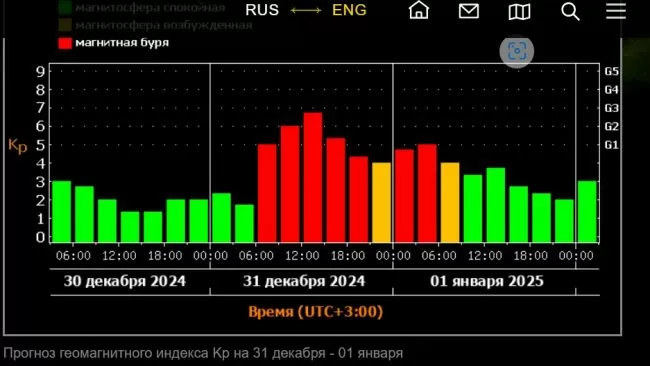No Major Solar Flares Yet, But Scientists Remain Hopeful
The Sun is a constantly active and dynamic star, with its surface constantly changing and emitting powerful bursts of energy. These bursts, known as solar flares, can have significant impacts on Earth’s atmosphere and technology. However, in the current series of solar activity, there has not been a single major flare yet. This has led scientists at the Institute of Solar Astronomy (IKI) and the Institute of Space and Astronautical Science (ISZF) of the Russian Academy of Sciences (RAS) to remain hopeful that the potential consequences of these flares may be limited.
Solar flares are classified based on their strength, with the most powerful being labeled as X-class flares. These can have significant impacts on Earth, including disrupting communication systems, causing power outages, and even posing a threat to astronauts in space. However, in the current series of solar activity, there has not been a single X-class flare. The strongest flare recorded so far was classified as a C9, which is considered a relatively weak flare.
This lack of major solar flares has led scientists to believe that there is a chance that the potential consequences of these flares may be limited. In a recent statement, scientists at IKI and ISZF RAS stated that if no events of X4-X6 level occur, there is a possibility that the consequences may not exceed G2-G3 levels. This is good news for those who rely on technology and infrastructure that can be affected by solar flares.
The current series of solar activity, known as Solar Cycle 25, began in December 2019 and is expected to peak in mid-2025. This cycle is expected to be relatively weak compared to previous cycles, with the number of solar flares and sunspots expected to be lower. This is due to the Sun’s magnetic field being weaker than usual, which can lead to fewer solar flares.
While the lack of major solar flares may be seen as a positive development, it is important to note that the Sun is still an active star and can produce unexpected events at any time. Scientists at IKI and ISZF RAS are constantly monitoring the Sun’s activity and are prepared to issue warnings if necessary. They also continue to study the Sun and its behavior in order to better understand and predict its activity.
In addition to solar flares, the Sun also produces coronal mass ejections (CMEs), which are large eruptions of plasma and magnetic field from its surface. These can also have impacts on Earth, such as causing geomagnetic storms and disrupting satellite operations. However, in the current series of solar activity, there have been no significant CMEs recorded.
In conclusion, while there have been no major solar flares yet in the current series of solar activity, scientists at IKI and ISZF RAS remain hopeful that the potential consequences of these flares may be limited. This is good news for those who rely on technology and infrastructure that can be affected by solar flares. However, it is important to continue monitoring the Sun’s activity and be prepared for any unexpected events. With ongoing research and advancements in technology, we can better understand and predict the behavior of our dynamic Sun.

